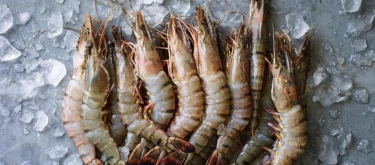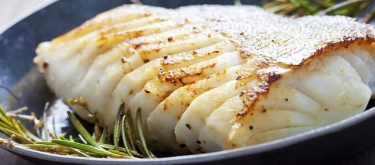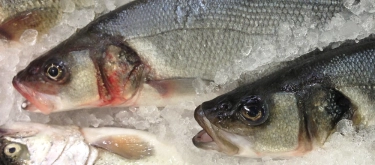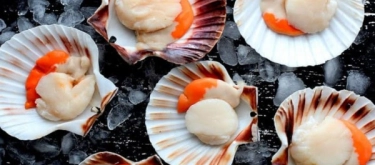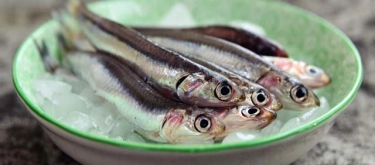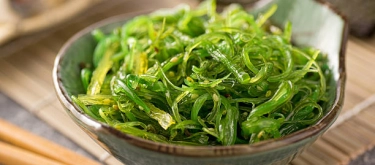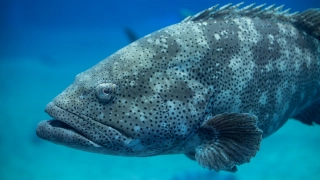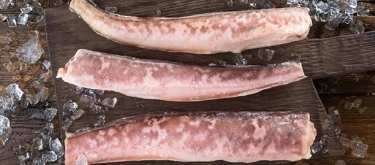Shrimp: Taste Profile, Aroma, Benefits and Health Risks
Shrimp, small crustaceans beloved for their delicate flavor and culinary versatility, are among the most popular seafood worldwide. Integral to numerous cuisines—from Mediterranean paellas and Asian stir-fries to classic American seafood boils—shrimp are prized for their tender texture, mild taste, and impressive nutritional profile. Their adaptability in countless dishes, whether grilled, sautéed, boiled, or fried, underscores their global culinary significance.
Shrimp are crustaceans, thus unsuitable for vegetarians, vegans, or those with shellfish allergies. They are naturally gluten-free but can sometimes be contaminated through breading, sauces, or processing. Always confirm preparation methods if gluten-sensitive. Proper cooking and handling ensure safety from foodborne illnesses.
What does Shrimp taste like?
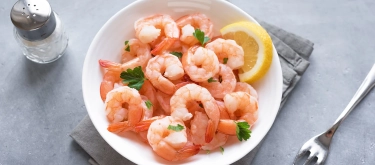
Complete Sensory Description
Taste:
Shrimp offer a subtly sweet, delicately briny, and mildly savory flavor profile. Their taste is gentle yet distinctly marine, making them appealing across diverse palates and adaptable to numerous seasonings, sauces, and preparations.
Aroma:
Fresh shrimp possess a clean, mildly oceanic scent. When cooked, shrimp develop appealing aromas—lightly sweet, subtly briny, and gently savory, without overpowering fishiness.
Texture:
Shrimp texture, when perfectly cooked, is tender, firm yet slightly springy, and succulent. Overcooking easily renders shrimp tough or rubbery, emphasizing proper cooking methods to maintain their prized tenderness.
Appearance:
Fresh raw shrimp range from translucent pale gray to bluish-gray, turning vibrant pink or orange-red when cooked. The visual transformation during cooking indicates readiness, enhanced by their attractive shape and vibrant color.
Varieties and Culinary Uses
-
Tiger Shrimp:
Larger-sized shrimp with firmer texture, often grilled, sautéed, or featured prominently in dishes. -
Coldwater Shrimp:
Smaller, sweeter shrimp; ideal for salads, sandwiches, or appetizers, typically sold pre-cooked. -
White Shrimp:
Mild flavor, versatile culinary use—excellent for stir-fries, pasta, grilling, or sautéing. -
Pink Shrimp:
Medium-sized shrimp, popular in pasta dishes, seafood boils, or sautéed preparations.
In-depth Flavor Analysis
-
Delicate Sweetness:
Shrimp possess subtle sweetness, complemented by gentle marine brininess, harmonizing easily with various ingredients. -
Savory & Umami Notes:
Cooking methods, especially grilling or sautéing, intensify shrimp’s savory and mild umami character, enhancing flavor depth. -
Flavor Absorption:
Shrimp readily absorb flavors from marinades, sauces, spices, garlic, lemon, and butter, creating diverse, delicious culinary experiences. -
Flavor Evolution:
Cooking shrimp transforms them from mild raw shellfish into delicately savory, subtly sweet seafood, ideal in numerous culinary contexts.
Culinary Applications
-
Grilling and Sautéing:
Quick, flavorful methods ideal for garlic butter shrimp, seafood skewers, or stir-fries. -
Seafood Boils & Steaming:
Popular in seafood boils, soups (gumbo, chowders), or simply steamed with herbs, spices, or citrus for enhanced flavor. -
Pasta & Risotto:
Shrimp feature prominently in pasta dishes (shrimp scampi), seafood risottos, or creamy sauces. -
Salads & Appetizers:
Cold shrimp salads, shrimp cocktails, or seafood appetizers showcase their versatile, appealing qualities.
Selection and Storage
Selecting Quality Shrimp:
- Fresh shrimp should have firm, moist flesh, mild oceanic aroma, and no sliminess or ammonia-like odors.
- Prefer shrimp with translucent, bright, moist appearance and shells intact, avoiding discolored or dried-out shrimp.
Storage Recommendations:
- Refrigerate fresh shrimp immediately below 4°C (39°F), consuming within 1–2 days.
- Freeze shrimp quickly after purchase, tightly wrapped, and consume within 3–6 months for best quality and freshness.
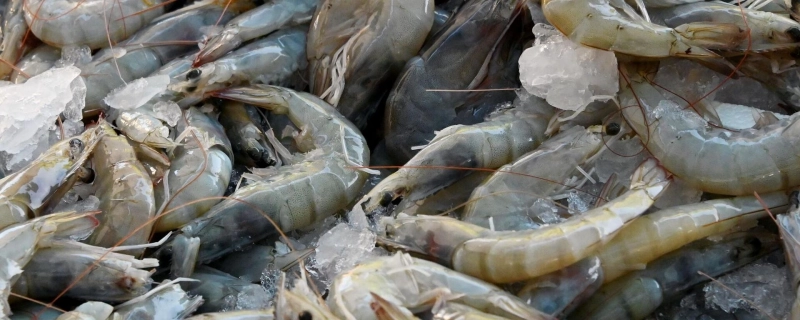
Nutritional Insights
-
High-Quality Protein:
Shrimp are excellent sources of lean, high-quality protein essential for muscle development, tissue repair, and overall health. -
Low Calories & Fat:
Shrimp are low-calorie, low-fat seafood options, ideal for healthy dietary choices and weight management. -
Rich in Vitamins and Minerals:
Contain significant amounts of vitamin B12, selenium, iodine, phosphorus, zinc, and iron—supporting metabolism, immune function, and neurological health. -
Omega-3 Fatty Acids:
Provide beneficial omega-3 fatty acids supporting heart, brain, and anti-inflammatory benefits.
Expert Insights & Culinary Tips
-
Avoid Overcooking:
Experts emphasize short, precise cooking times (2–4 minutes) to prevent toughness or rubberiness, ensuring optimal texture and flavor. -
Flavor Pairings:
Shrimp pair exceptionally with garlic, butter, lemon, chili, cilantro, parsley, white wine, tomatoes, and creamy or spicy sauces, enhancing delicate flavor profiles. -
Preparation Advice:
Marinate briefly or season simply to preserve shrimp’s mild flavor, enhancing subtly without overpowering their natural qualities.
Interesting and Curious Facts
- Shrimp are among the most consumed seafood worldwide, highlighting their universal appeal and culinary versatility across cultures.
- Shrimp change color vividly during cooking due to heat-induced protein changes, signaling readiness visually to cooks worldwide.
- "Shrimp cocktail" emerged as a popular American appetizer in the early 20th century, becoming a culinary classic featured prominently in restaurant menus worldwide.
How to Enjoy Shrimp
- Grill or sauté shrimp with garlic butter, herbs, lemon, and spices for quick, flavorful dishes.
- Enjoy shrimp pasta dishes like shrimp scampi or creamy seafood linguine, offering delicate flavor and tender texture.
- Prepare seafood boils or steamed shrimp seasoned simply with Old Bay, garlic, or citrus, highlighting natural sweetness and freshness.
- Serve cold shrimp salads, ceviche, or shrimp cocktail as refreshing, light appetizers or meals.
Harm and Dietary Considerations
-
Shellfish Allergies:
Shrimp allergy is common and potentially severe; individuals with known shellfish allergies must avoid shrimp entirely. -
Cholesterol Content:
Shrimp are relatively high in dietary cholesterol; individuals with cholesterol sensitivities should consume shrimp in moderation within balanced diets. -
Food Safety Concerns:
Thorough cooking (to internal temperature at least 63°C or 145°F) is essential to eliminate bacterial or parasitic risks, ensuring safe consumption.
Final Thoughts & Sensory Journey
Shrimp remain universally cherished seafood, celebrated for delicate sweetness, tender texture, and culinary adaptability. Their gentle flavor pairs beautifully with countless culinary styles, offering satisfying, nutritious, and delicious experiences in dishes ranging from everyday cooking to gourmet dining.
Resources
- McGee, H. (2004). On Food and Cooking: The Science and Lore of the Kitchen. Scribner.
- USDA FoodData Central (2023). Shrimp: Nutritional Profile, Handling & Cooking Safety.
- Food and Agriculture Organization (FAO). (2021). Global Seafood Production: Shrimp Nutritional and Culinary Insights.
